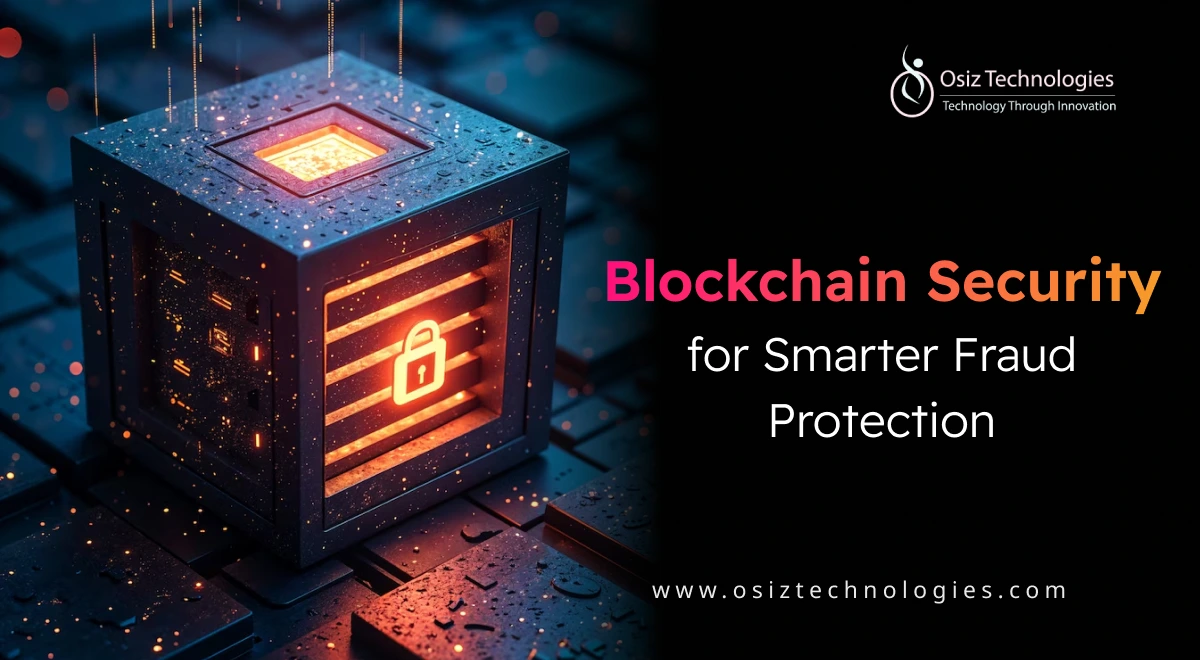Fraud prevention has always been a cat-and-mouse game. The faster businesses build defenses, the smarter fraudsters become at finding loopholes. But over the past decade, one innovation has steadily shifted the balance in favor of security professionals — blockchain security development. Not just a buzzword in cryptocurrency circles anymore, blockchain has evolved into a vital fraud prevention framework across industries.
What makes blockchain particularly disruptive isn’t just its decentralization — it’s the way it reshapes digital trust without intermediaries.
Why Blockchain Security Is Different
Traditional security systems rely on central authorities to maintain records, verify transactions, and resolve disputes. The problem? Centralized systems can be hacked, bribed, or manipulated. A single breach can compromise entire data ecosystems.
Blockchain security development addresses this by distributing data across multiple, independent nodes. But modern blockchain security isn’t only about recording transactions — it’s about integrating smart fraud detection, automated risk flags, and programmable trust protocols directly into the infrastructure.
Today’s blockchain-based security solutions incorporate advanced cryptographic techniques, AI-driven anomaly detection, and multi-layered access controls to not only detect fraud but prevent it before it starts.
How Blockchain Security Development Redefines Fraud Prevention
1. Real-Time Tamper Response
Forget post-incident audits. Blockchain security frameworks allow businesses to detect tampering attempts instantly. Some modern blockchains now employ programmable forensics — coded protocols that immediately alert systems when irregular activities or unauthorized data access attempts occur, offering fraud prevention in real-time.
2. Immutable Audit Trails with Zero Data Ownership Conflicts
In industries like insurance, healthcare, and finance, data disputes often slow down fraud investigations. Blockchain eliminates ownership ambiguity. Each transaction, once recorded, becomes a shared and immutable truth. Fraud attempts involving data alterations or claim manipulations are instantly invalidated by the network’s consensus mechanism.
3. Smart Contracts as Digital Gatekeepers
A unique facet of blockchain security development is leveraging smart contracts as real-time fraud moderators. These digital agreements not only automate transactions but enforce anti-fraud protocols embedded within them. For instance, a lending smart contract can automatically blacklist addresses linked to flagged activities, preventing fraud before funds are even disbursed.
4. Digital Identity Anchoring
Fraud thrives in anonymity. Blockchain’s decentralized identity solutions (DIDs) allow individuals and businesses to verify identity securely without relying on vulnerable third-party servers. These cryptographically protected digital IDs make impersonation, account hijacking, and identity theft significantly harder.
Industries Quietly Adopting Blockchain Security Models
While crypto exchanges and DeFi platforms were the earliest adopters, sectors like real estate tokenization, luxury goods authentication, remote work payroll systems, and even AI-generated content validation tools are integrating blockchain-based fraud prevention frameworks. It’s becoming the go-to defense layer wherever high-value digital assets and trustless transactions intersect.
The Future Is Security-Embedded Infrastructure
As cyber fraud evolves, so must our defenses. Blockchain security development isn’t a bolt-on solution — it’s about baking security directly into the transaction process, identity frameworks, and value exchange systems. In the coming years, expect to see blockchain-powered zero-knowledge proof (ZKP) systems, decentralized AI risk engines, and cross-chain fraud monitoring protocols shaping a new security-first digital economy. As an AI development company, Osiz is closely tracking these advancements, combining blockchain security solutions with AI-powered fraud detection models to help businesses build resilient, future-ready infrastructures.
Listen To The Article
Recent Blogs

X-Mas 30%
Offer












